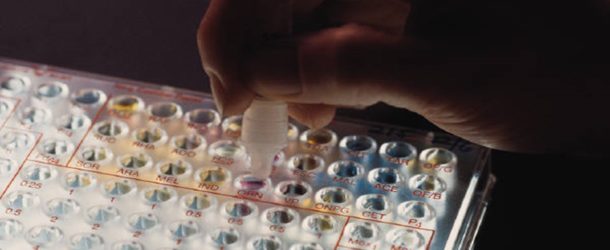Contaminated or potentially contaminated products may risk the work environment and thus may have an adverse effect on product quality, performance, and safety of other products. The ISO 13485 Standard requires establishing, documenting, and maintaining requirements for special arrangements, activities, and measures for the control of returned, contaminated, or potentially contaminated products to prevent them from contaminating the work environment in which they are stored and other materials, components, and semifinished or finished products. The ISO 13485 Standard expects a defined, established, and documented method to ensure that situations where contamination is possible are identified and controlled.
Documented arrangements
Not maintaining a clean environment may harm the medical device, and the manufacturer is expected to prevent the introduction of contamination into the work environment. That much is clear. The approach for controlling contamination must be defined, planned, and maintained using documented arrangements. Documented arrangements in this context are a documented set of activities or operations organized or classified in a logical order or sense that ensure that clean conditions of the work environment are preserved and contamination is prevented: standard operating procedures, instructions, supplier instructions, planned controls, forms, checklists, and their evidence. The manufacturer is to establish and maintain those documented arrangements with the definitions of measures, activities, and tools necessary to prevent contamination of the work environment, equipment, personnel, or products by substances that could reasonably be expected to have an adverse effect on product quality. Types of documented arrangements in the context of prevention of contamination include:
- Documented procedures
- Good hygiene practices
- Procedures for appropriate clothing for personnel
- Periodic cleaning and maintenance of air vents
In my book I provide more examples and elaborate on each (structure, content and format).
Identification of contaminated or potentially contaminated products
The identification of contaminated or potentially contaminated products is one of the controls that the manufacturer is to implement in order to distinguish contaminated products. The objective is to clearly identify the status of a product, component, or material regarding contamination. In this case, we may refer to clause 7.5.8—Identification, where, for example, identification requirements for returned medical devices are specified. In these requirements, the activities and arrangement of contaminated or potentially contaminated products could be integrated. In case you choose to develop a procedure, it will be submitted to the control of documents as required in clause 4.2.4.
Handling contaminated or potentially contaminated products
The manufacturer shall plan and document activities for handling contaminated or potentially contaminated products: receiving, accepting, cleaning, segregating, and decontamination procedures. Materials, parts, components, products, or finished goods that were detected as defective or with nonconformities are to be segregated and controlled until their repair, rework, or disposal. The issue may be integrated with the “Control of nonconforming products” procedure. Evidence and records proving activities are according to the planned requirements shall be provided.
Control of contamination for sterile medical devices
Sterilization inactivates microbiological contaminants and thereby transforms nonsterile medical devices into sterile ones. Briefly said, sterilization is the action of inactivation of a pure culture of microorganisms or particulate matter by physical and/or chemical agents, and the level of sterilization is measured with the exponential relationship between the number of microorganisms surviving and the extent of treatment with the agent. In my book I am not getting into the details of sterilization processes or methods. I am focusing on what is expected from the ISO 13485 Standard:
- Developing and documenting activities for control of contamination with microorganisms or particulate matter
- Defining responsibilities and authorities
- Monitoring and measuring a sterile environment
- Challenging
- Initiating preventive actions
- Specification of equipment
- Validation and verification
- Requalification of sterile work environment
- Addressing and controlling changes
This webpage contains only a fragment of the chapter 4 – Quality management system from the book:ISO 13485:2016: A Complete Guide to Quality Management in the Medical Device Industry, Second Edition published by:


Comments are closed.